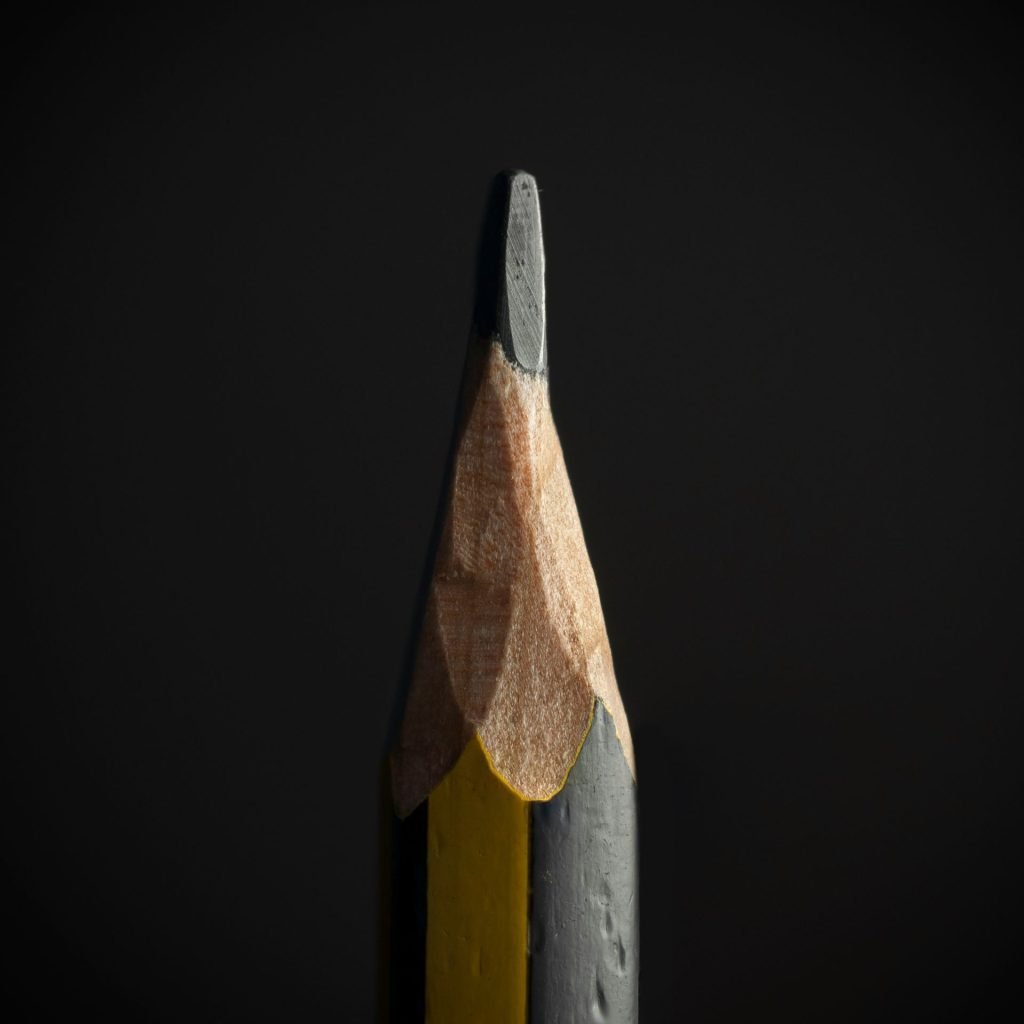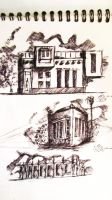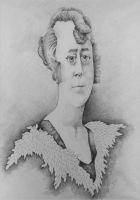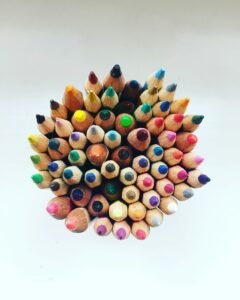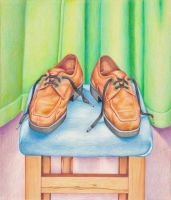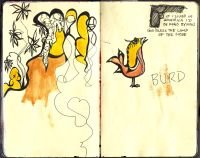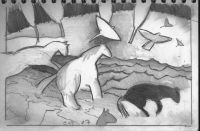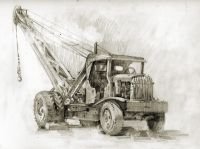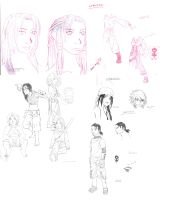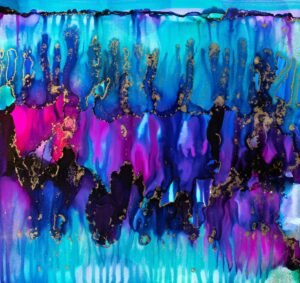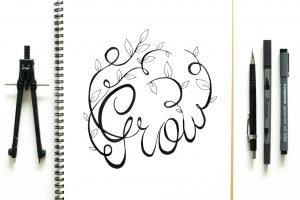Understanding Drawing Pencils: Key Factors to Consider
Selecting the best drawing pencils for sketching can greatly impact the quality and versatility of your artwork. Whether you’re working on fine detail studies, expressive shading, or bold linework, different pencil types offer unique textures and tones. In this guide, we explore the top drawing pencils, their best uses, and how to choose the right pencil for your artistic style.
Before diving into the best options, it’s important to understand what makes a great sketching pencil. The lead hardness, material composition, and intended usage all play a role in the sketching process.
Graphite Hardness Scale
Drawing pencils are categorized by their hardness (H) and blackness (B) ratings.
- H pencils (hard leads) produce light, fine lines perfect for technical drawings.
- B pencils (soft leads) create darker, richer strokes ideal for shading.
- HB and F pencils offer a balance between hard and soft leads.
Understanding these grades helps artists select the right pencil for light sketching, detailed rendering, or deep contrast work.
Best Drawing Pencils for Sketching
1. Graphite Pencils – The Standard Choice for Artists
Graphite pencils are the foundation of sketching, offering a full range of shading possibilities. They work well for realistic drawings, figure studies, and structured compositions.
Best Uses:
- Light shading and fine details (H pencils)
- Deep contrast sketches and blending (B pencils)
- Layered tone variations in advanced drawings
2. Charcoal Pencils – Ideal for Bold, Expressive Sketching
Charcoal pencils provide rich, deep blacks and dramatic contrasts, making them perfect for expressive and textured artwork. They are used in gesture sketches, atmospheric compositions, and high-contrast portraiture.
Best Uses:
- Strong contrast effects
- Deep shadows and rough textures
- Loose, expressive sketches
3. Colored Pencils – Great for Tonal Sketching & Mixed Media
Colored pencils allow for blended shading, artistic exploration, and layering effects. They are often used in mixed media sketches or concept art, adding depth and personality to standard graphite work.
Best Uses:
- Warm and cool tonal studies
- Layering hues for textured depth
- Enhancing highlights within grayscale compositions
4. Mechanical Pencils – Precision for Technical Sketching
Mechanical pencils offer sharp, clean lines without the need for sharpening, making them ideal for technical sketches, architectural drawings, and detailed work.
Best Uses:
- Fine detail sketches and outlines
- Consistent line weight for precision drawings
- Quick, mess-free sketching
5. Woodless Graphite Pencils – Versatile Shading & Blending
Woodless graphite pencils are solid graphite sticks, allowing for broader strokes and smoother transitions when shading large areas.
Best Uses:
- Broad shading and tonal gradation
- Expressive strokes without sharpening interruptions
- Layering techniques for depth
The Different Types of Colored Pencils and How to Start Using Them Effectively
Why Colored Pencils Are So Versatile Understanding the different types of colored pencils and how to start using them effectively can empower artists at any stage to create more vibrant,...
Choosing the Best Drawing Pencil for Your Style
Every artist has unique preferences, but here’s a general guide:
- For beginners – Graphite pencils (HB, 2B) offer versatility.
- For bold sketches – Charcoal pencils create deep contrast.
- For technical drawings – Mechanical pencils provide precision.
- For layered tones – Colored pencils enhance dynamic sketches.
Finding the right pencil ensures better control, smoother shading, and a seamless creative flow.
Frequently Asked Questions
What is the best pencil hardness for sketching?
2B or 4B pencils offer a good balance between dark lines and smooth shading.
Are mechanical pencils good for sketching?
Yes, mechanical pencils work well for precise linework and fine details.
What’s the difference between graphite and charcoal pencils?
Graphite produces smooth, clean lines, while charcoal creates bold, textured strokes.
Can colored pencils be used for sketching?
Yes, colored pencils help with tonal variation and mixed media techniques.
What pencil is best for shading?
Soft graphite pencils (6B, 8B) or charcoal pencils work well for deep shading.
How do woodless graphite pencils differ from regular graphite pencils?
Woodless pencils allow for broader strokes and seamless transitions without interruptions from wood casing.
Is a harder pencil better for detailed sketches?
Yes, H-grade pencils produce light, crisp lines suitable for technical detail work.
What’s the best way to blend pencil shading?
Using a tissue, blending stump, or light layering can achieve smooth transitions in shading.
Should beginners use softer or harder pencils?
Beginners often start with HB or 2B pencils for a balanced experience.
Do professional artists use mechanical pencils?
Yes, many professionals use them for fine lines, drafts, and architectural sketches.
Final Thoughts
Choosing the best drawing pencils for sketching depends on your artistic needs. Whether you prefer the precision of mechanical pencils, the expressive depth of charcoal, or the smooth versatility of graphite, selecting the right tool enhances your sketching process. Experimenting with different types ensures better control, refined technique, and expanded creative possibilities.
Start exploring various pencils and find the perfect match for your sketching journey!
